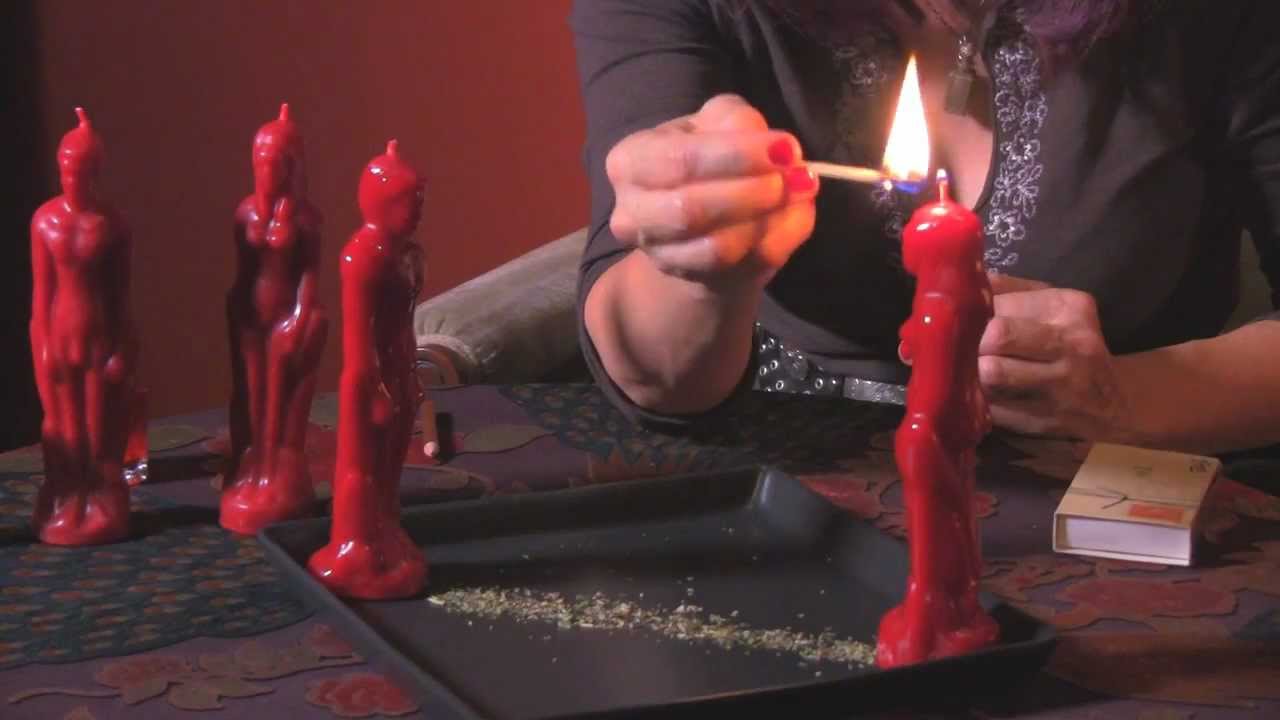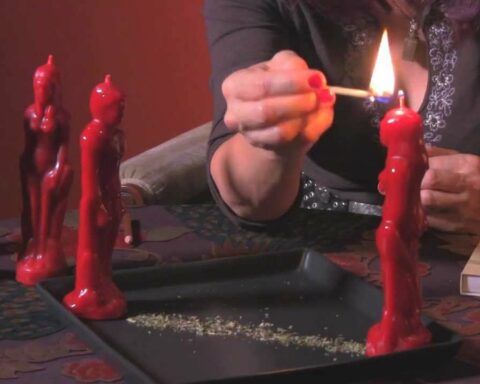Temperature play is a fun and interesting way to get your foreplay going or incorporate into your BDSM play. With the reasons for temperature play ranging from pain to pleasure or even a combination of both, when it comes to heat play candles are a sure bet and a great starting point for beginners. Ideal for heat play beginners, bondage candles are a great way to start off your BDSM journey.
Choosing a Candle
Normal candles have a high melting point, making the wax too hot for pleasurable purposes. Using a normal candle may cause scalding and burn marks that may be serious enough to require medical attention. Candle play is usually indulged in by people with the intention of causing pain or for pure pleasure. For BDSM practices, the candle may be incorporated for both pain and pleasure purposes depending on the dominant’s discretion.
Bondage candles have a lower melting point, ensuring that the wax is perfect for dripping onto sensitive skin. Different people have different sensitivity and the wax may feel okay to one person and be painfully unbearable to another person. While starting off, pour a little wax onto the back of your hand to test the temperature of the candle. If it is too hot for you, it will most likely be too hot for your partner too. If the wax is just right, start by dripping it on the shoulder or back of your partner for them to gauge the heat and give you a go ahead.
Candle Wax Play
Bondage candles are sensual, have great aromas and some even taste amazing. To get you going, you may choose dripping or body painting using the wax. Dripping is the most common method of candle play and when indulging, always remember to pour a reasonable distance away from the skin. Bondage candle wax may not be scalding hot, but the additional distance helps the wax to cool a little bit more, reaching the skin with a pleasurable tinge, awakening the senses. Body painting is more sensual and you may choose to use your hands or a brush for this. After melting the wax, just dip your hand or the brush into the wax and spread over the desired area. With every application or drop, the skin gets more and more sensitive, slowly lowering the pain threshold. As you progress, make sure you have communication signals to show when to continue or when to stop. With the traffic light system, red would signify stop, yellow or amber would mean that it is getting painful so proceed carefully and green would be taken to mean everything is A-OK.
Candle wax can be a bit difficult to pry out of the skin and other materials and carpets. Always ensure that you pour carefully to avoid the wax dripping onto hair. If possible, ensure the area is shaved to make it easy to remove the wax without causing pain. Your fabrics and carpet also need protection, so always line a plastic sheet and have your partner lie on the sheet before the session starts. This will ensure that your cleanup is easy and no fabrics and accessories are damaged by the wax.
Safety Precautions
- Always discuss the safe word before starting the session to ensure that the play is stopped immediately the pain is too much.
- Never pour wax onto the face as the splatter of hot wax may enter the eyes and cause blindness.
- Limit your wax play to the external body area, as the wax may cause intense damages when poured into body openings.
- Always make sure to use candles with low melting points to prevent scalding and serious burns.
Candle play is a great way to enjoy your foreplay and add a bit of adventure in your sex life. Whether it is intended for pain or pleasure, candle play increases the body’s sensitivity, making intercourse and other subsequent sexual activity have an enhanced sensation. Bondage candles are stepping stones, and if your desire increases and you want even hotter candles, boutique bondage candles are hotter, making for a greater sting and may leave burn marks that may last up to 2 days after the fact.
- Our Big Kitchen’ (OBK) is a non-profit organization located in Sydney, Australia - April 10, 2023
- Duos CBD, a hemp product E-commerce website - April 10, 2023
- SOFA SPOONING SEX POSITION - April 7, 2023







